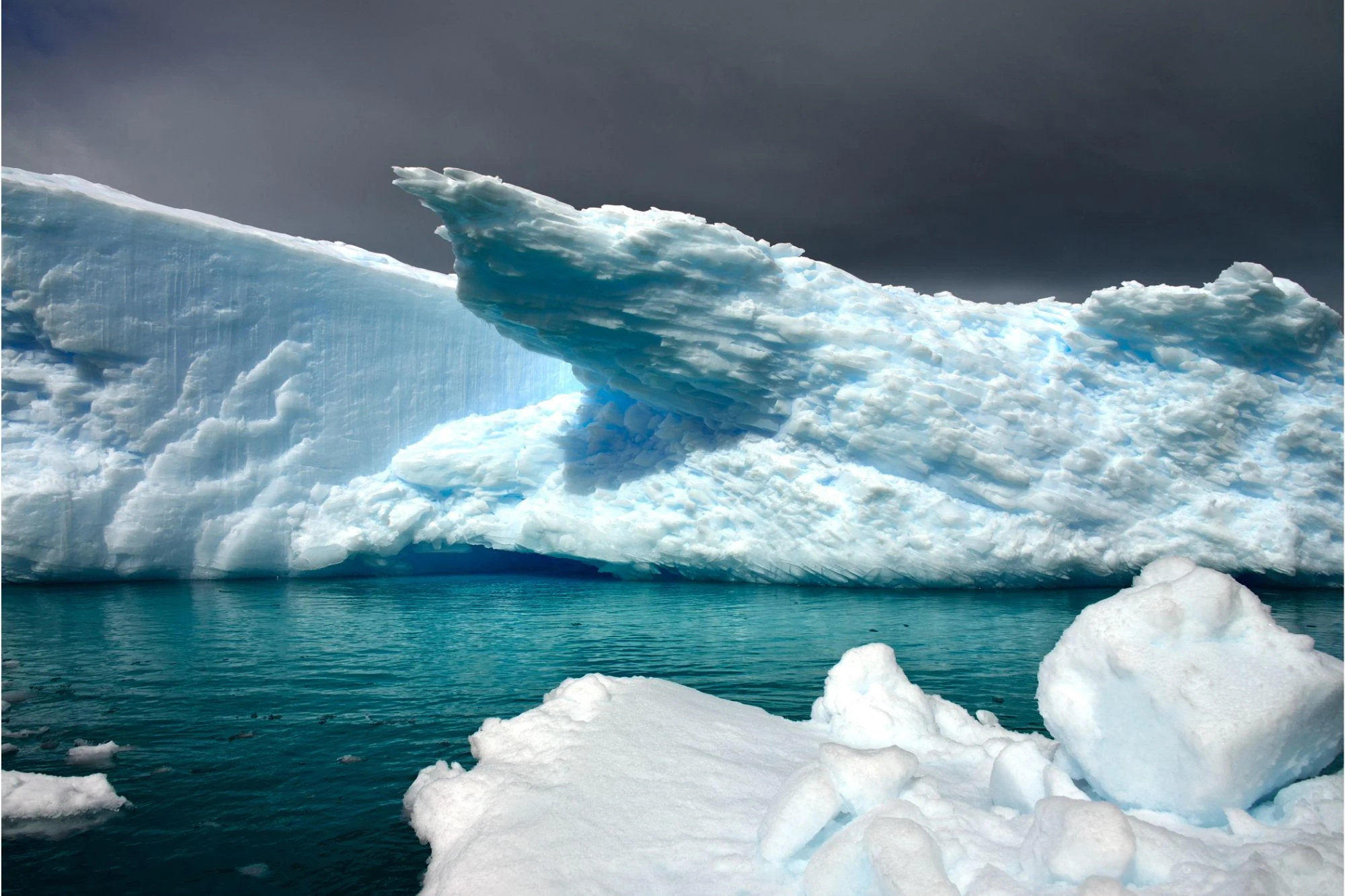"Informed AI News" is an publications aggregation platform, ensuring you only gain the most valuable information, to eliminate information asymmetry and break through the limits of information cocoons. Find out more >>
Andes Glaciers Shrink to Historic Lows Amid Global Warming
- summary
- score

Researchers at Wisconsin's Madison University have discovered that the glaciers in the tropical Andes are the smallest they have been since the last ice age, which ended 11,700 years ago. This reduction signifies a significant milestone in the effects of global warming.
These glaciers, located high in the Andes, are melting faster than snow can replenish them. Satellite imagery and ground-based observations corroborate this continuous decline. The scientists examined exposed bedrock near the edges of glaciers, analyzing isotopes within quartz crystals to estimate past ice coverage. The low levels of these isotopes, specifically beryllium-10 and carbon-14, indicate recent exposure due to melting rather than erosion.
This study suggests that tropical glaciers, predominantly in the Andes, are shrinking at rates beyond historical norms. Shaun Marcott, a lead researcher, compares these glaciers to "canaries in a coal mine," serving as early indicators of broader climate impacts. He cautions that the situation in the Andes could presage similar losses in other glacier regions, such as the American West.
Explanation of Terms:
- Isotopes: Variants of a chemical element with different numbers of neutrons, which affect their atomic weight.
- Beryllium-10 and Carbon-14: These isotopes accumulate in rocks exposed to the surface, providing a timeline of when the rocks were last uncovered.
| Scores | Value | Explanation |
|---|---|---|
| Objectivity | 7 | Comprehensive reporting with in-depth analysis and balanced viewpoints. |
| Social Impact | 5 | Significant influence on public opinion regarding climate change. |
| Credibility | 6 | Verified by multiple sources and independent checks. |
| Potential | 6 | High potential to lead to significant climate awareness and action. |
| Practicality | 4 | Directly applicable to real-world climate issues. |
| Entertainment Value | 2 | Contains some informative elements but lacks entertainment. |